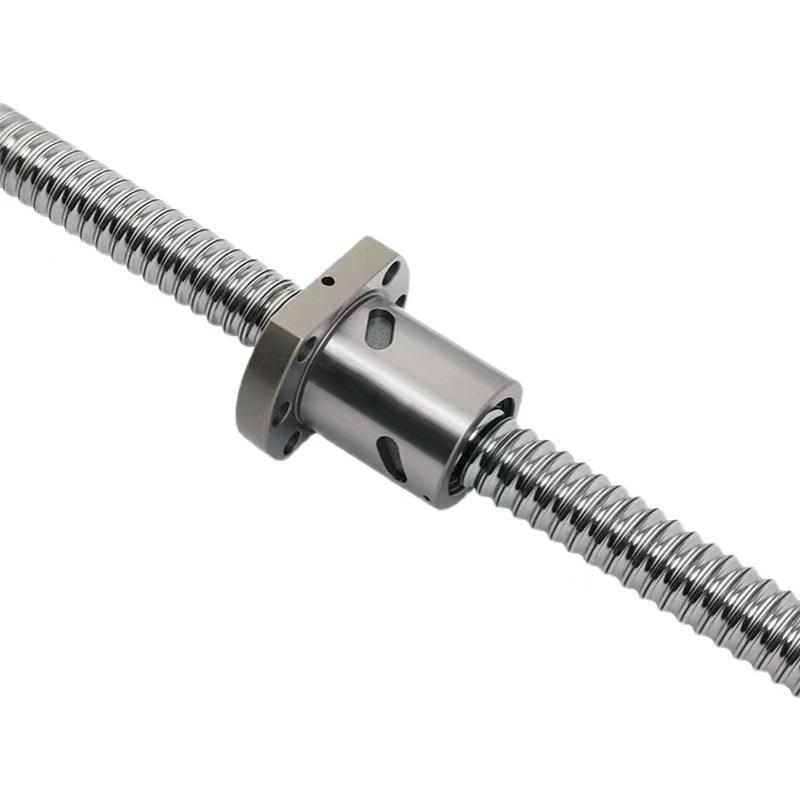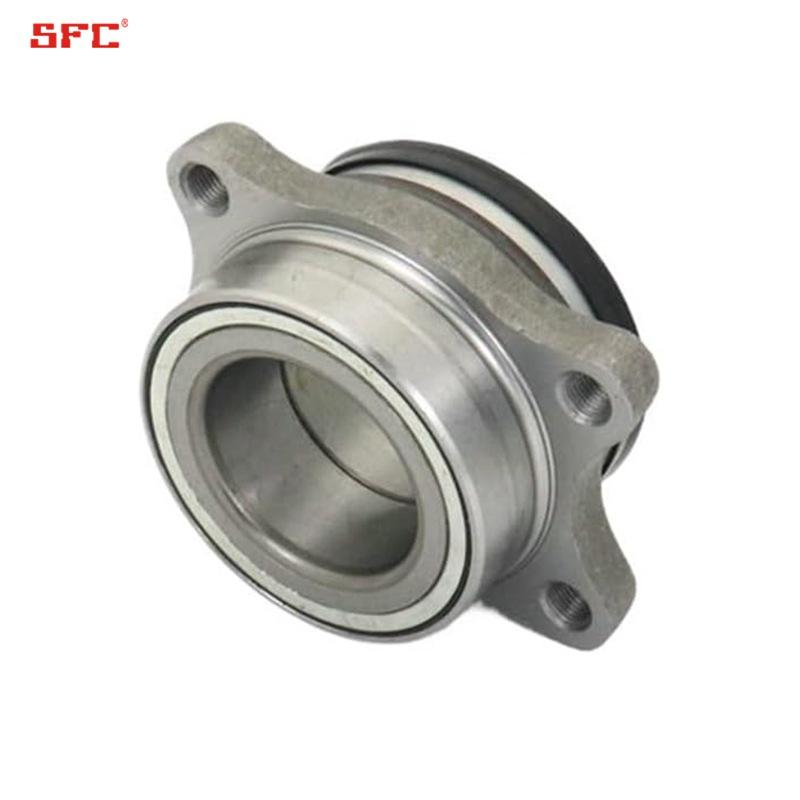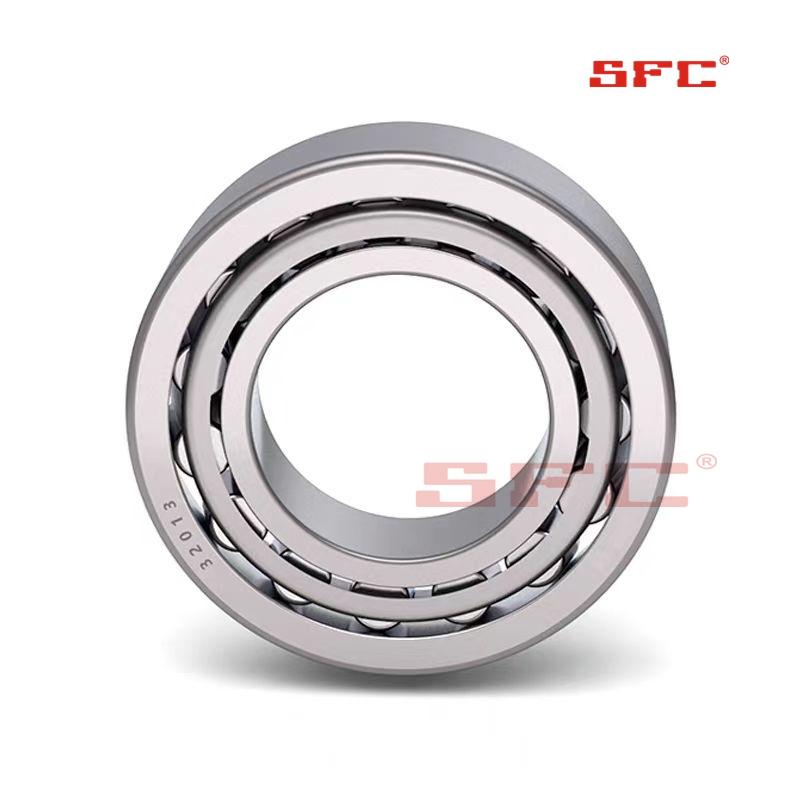What material is bearing steel?
What material is bearing steel
Bearing steel is a steel used to manufacture balls, rollers, and bearing rings. Bearing steel has high and uniform hardness, wear resistance, and high elastic limit. Strict requirements are placed on the uniformity of chemical composition, content and distribution of non-metallic inclusions, and distribution of carbides in bearing steel, making it one of the most stringent steel grades in all steel production. In 1976, the International Organization for Standardization (ISO) incorporated some commonly used bearing steel grades into international standards, dividing bearing steel into four categories: fully quenched bearing steel, surface hardening bearing steel, stainless bearing steel, high-temperature bearing steel, and a total of 17 steel grades.
Bearing steel is a high-purity iron carbon alloy steel!
Bearing steel is mainly used to manufacture rolling elements and rings for rolling bearings. Due to the characteristics of long service life, high precision, low heat generation, high speed, high rigidity, low noise, and high wear resistance of bearings, it is required that bearing steel should have high hardness, uniform hardness, high elastic limit, high contact fatigue strength, necessary toughness, certain hardenability, and corrosion resistance in atmospheric lubricants. In order to meet the above performance requirements, strict requirements are placed on the chemical composition uniformity, non-metallic inclusion content and type, carbide particle size and distribution, decarburization, and other aspects of bearing steel. The overall development of bearing steel is towards high quality, high performance, and multiple varieties. The steel used for bearings is divided into high carbon chromium bearing steel, carburized bearing steel, high-temperature bearing steel, stainless bearing steel, and specialized special bearing materials according to their characteristics and application environment.
Bearing steel grade
Bearing steel is mainly used to manufacture bearings and their main components, such as steel for bearing balls, rollers, and bearing rings. Due to the ever-changing working conditions of bearings, especially the rapid development of science and technology, the working environment of machinery has become increasingly complex. For example, the rotation speed of the shaft is getting faster, the load it bears is getting heavier, the working temperature is getting higher, and the force environment of the bearings is getting more complex (in addition to gravity, there are also multi-directional thrust). All of these require the bearings to be able to handle them and support the stable operation of the shaft as required. Therefore, bearing steel must keep up with the development of the times and technology in terms of strength, stiffness, wear resistance, hardness, uniformity of physical and mechanical properties, contact fatigue strength, and other aspects, and continuously improve.
Through research, people have learned that in order to improve the performance of bearing steel and meet the above requirements, it is necessary to smelt iron carbon alloy steel with very high purity (oxygen free), participate in a certain amount of carbon, chromium, silicon, manganese, vanadium and other alloys, and perform corresponding heat treatment to obtain bearing steel that meets the requirements. The bearing steel in our country can be roughly divided into four categories, and their grades are listed as follows:
1. High carbon chromium bearing steel, grade: GCr6; GCr9; GCr95siMn
2. Carburized chromium bearing steel, grade: G20CrMo; G20CrNiMo; G20CrNi2Mo;
3. High carbon chromium stainless steel bearing steel, grade: Cr4Mo4F; 9Cr18Mo;
4. High temperature bearing steel, grade: Cr14Mo; 16Cr14Mo
Chromium free bearing steel, grade: GSiMnV; GSMVRE; GSiMnMoV can replace chromium bearing steel.
What is the hardness of bearing steel?
The hardness of bearing steel after heat treatment is generally between 30 and 50.
Bearing steel composition structure
Bearing steel, also known as high carbon chromium steel, has a carbon content ω C is about 1%, with a chromium content ω The CR is 0.5% -1.65%. Bearing steel is divided into six categories: high carbon chromium bearing steel, chromium free bearing steel, carburized bearing steel, stainless bearing steel, medium and high temperature bearing steel, and anti magnetic bearing steel.
High carbon chromium bearing steel GCr15 is the most produced bearing steel in the world, with a carbon content of about 1% and a chromium content of about 1.5%. Since its inception in 1901, its main composition has remained largely unchanged for over 100 years. With the advancement of science and technology, research work continues, and product quality continues to improve, accounting for more than 80% of the world's total bearing steel production. So if there is no special specification for bearing steel, it refers to GCr15
China has produced high carbon chromium stainless bearing steel, with the main steel grades being 9Cr18; Carburized bearing steel, with the main steel grades being G20CrMo; Chromium bearing steel, with the main steel grades being GCr15.
Physical properties of bearing steel
The physical properties of bearing steel mainly include inspection of microstructure, decarburization layer, non-metallic inclusions, and low magnification structure. Generally, delivery is made through hot rolling annealing and cold drawing annealing. The delivery status should be specified in the contract. The low magnification structure of steel must be free of shrinkage pores, subcutaneous bubbles, white spots, and micro pores. Central looseness and general looseness shall not exceed 1.5 levels, and segregation shall not exceed 2 levels. The annealing microstructure of steel should be uniformly distributed fine-grained pearlite. The depth of decarburization layer, non-metallic inclusions, and unevenness of carbides should comply with relevant national standards.
Basic classification of bearing steel
Classification: Currently, there are five main categories of bearing steel used in various countries around the world, namely high carbon chromium bearing steel, carburized bearing steel, stainless bearing steel, high-temperature bearing steel, and medium carbon bearing steel.
Process flow of bearing steel
(1) 50 tons and above UHP electric furnace smelting → 60 tons and above LF furnace refining → 60 tons and above VD furnace vacuum treatment → alloy steel square or rectangular billet continuous casting (260mm x 300mm, 180mm x 220mm) → slow cooling or hot delivery → rolled material → finishing → inspection and storage.
(2) 90 tons and above converter smelting → 100 tons and above LF furnace refining → 100 tons and above RH furnace vacuum treatment → alloy steel billet or rectangular billet continuous casting → (such as 320mm x 340mm, 240mm x 240mm) slow cooling or hot delivery → rolled material → finishing → inspection and warehousing.
Application field of bearing steel
Bearing steel is a type of steel used to manufacture rolling bearings, such as balls, rollers, and sleeves. It can also be used to make precision measuring tools, cold stamping dies, machine tool screws, precision components such as stamping dies, measuring tools, taps, and diesel engine oil pumps. Bearing steel is a steel used to manufacture balls, rollers, and bearing rings.
Technical standards for bearing steel
The production of bearing steel mainly follows the GB/T18254-2002 standard and the Laigang GCr15JD quality protocol suitable for precision forged bearing user requirements. The GCr15JD protocol has stricter quality requirements than the GB/T18254-2002 standard, and GCr15JD requires oxygen content ≤ 10ppm, center segregation level ≤ 1.0 level, composition control, sizing, and dimensional deviation to be stricter than the GB/T18254-2002 standard.
Bearings bear great pressure and friction during operation, so it is required that the bearing steel has high and uniform hardness and wear resistance, as well as high elastic limit. Strict requirements are placed on the uniformity of chemical composition, content and distribution of non-metallic inclusions, and distribution of carbides in bearing steel, making it one of the most stringent steel grades in all steel production. In 1976, the International Organization for Standardization (ISO) incorporated some commonly used bearing steel grades into international standards, dividing bearing steel into four categories: fully quenched bearing steel, surface hardening bearing steel, stainless bearing steel, high-temperature bearing steel, and a total of 17 steel grades.
Some countries have added a category for special purpose bearing steel or alloys. The classification method of bearing steel that has been included in the standard in our country is similar to ISO, corresponding to four categories: high carbon chromium bearing steel, carburized bearing steel, stainless and corrosion-resistant bearing steel, and high-temperature bearing steel.




